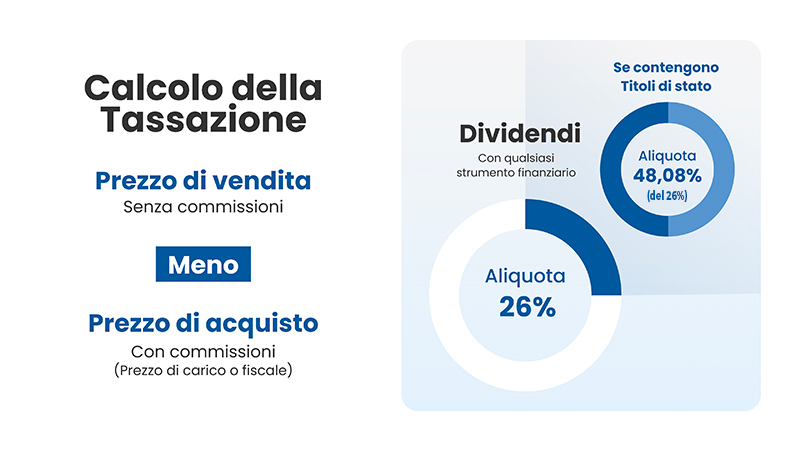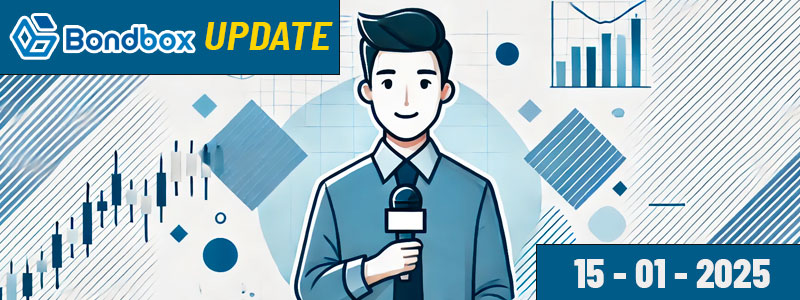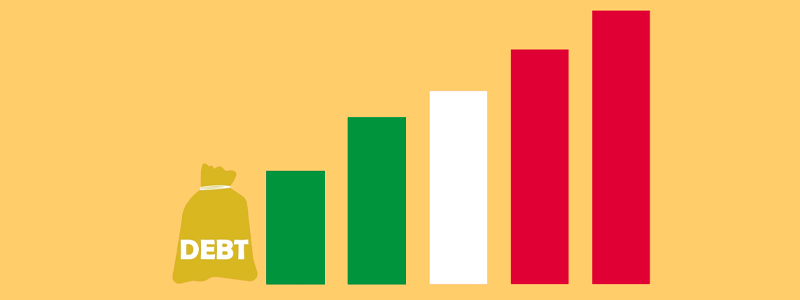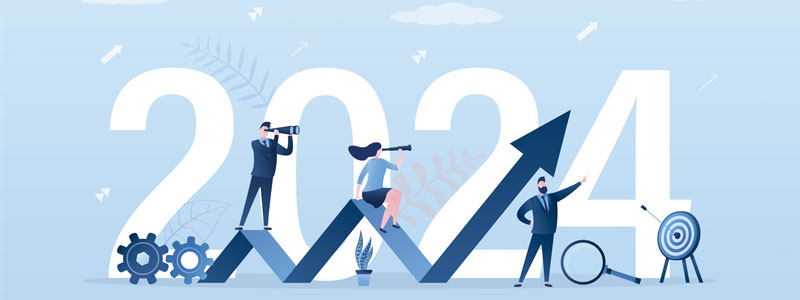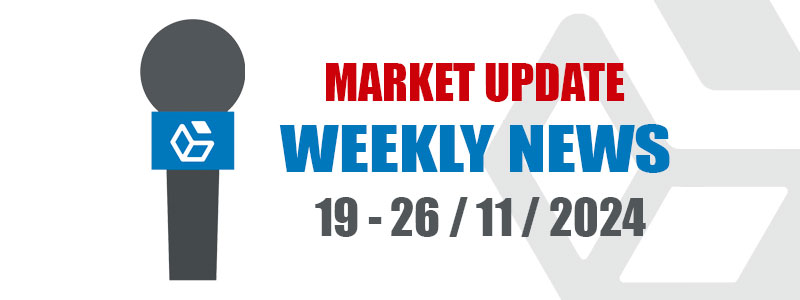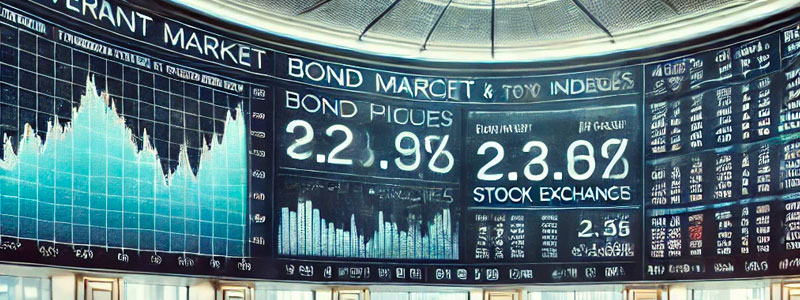
Only 18 months ago, at the end of 2022, most managers were predicting a decline in stocks due to the ongoing monetary tightening and possible recession. Instead, thanks to a strong economy and the AI boom that drove the stock exchanges, there has been a remarkable recovery from late 2021 levels.
Therefore, it was not easy for the managers to outperform their respective indexes, given these assumptions. In fact, 84 percent of global equity funds failed to beat the S&P World Index in 2023.
A telling example comes from Piazza Affari: with a performance of 33.4 percent, beating the index for Italian equity funds was virtually impossible, with 98 percent failing. For U.S.-focused equity funds, the percentage of those that did not beat the S&P 500 drops to 66 percent, still an overall “loss” for active managers.
1. Few outperform: managers in trouble
S&P says that “Although index volatility remained relatively low during the year, there were certainly opportunities for active managers to achieve above-market returns across countries, stocks and sectors. In fact, dispersion at the individual stock level in the S&P World Index averaged nearly 25 percent annualized over the 12 months of 2023, well above levels in most 2010s, while sector dispersion increased to its highest level in more than a decade.”
Even in 2023, large-cap stocks dominated, contributing to the increasingly concentrated indexes. In theory, this phenomenon should help managers and facilitate stock selection. However, concentration increases the risk of depending too much on a limited number of companies.
All of this reverses “the value proposition of actively managed equity funds,” which “is often their ability to look beyond blue-chip companies that receive significant weights in the major popular indexes,” S&P said.
“However, if precisely those larger names come to represent a significant share of the benchmark and continue to outperform, few actively managed funds may be able to keep up, unless they have a substantial allocation in them.”
2. Migliori chances sui bond, ma è sempre dura
Active bond funds are generally more likely to succeed than equity funds.
However, in 2023 only funds specializing in corporate bonds mostly managed to beat their benchmark, with the percentage of underperformance reduced to 23.58 percent.
For European corporate bond funds, the percentage of underperformance rose to 53 percent, indicating near parity between funds that outperformed the benchmark index and those that failed to do so. In contrast, 81 percent of European government bond funds failed to meet the benchmark.
The horizon of the past three years has been the most favorable for active bond funds, with more than 50 percent managing to beat the benchmark index. However, no bond fund category has been able to maintain a favorable probability of outperformance over the horizon of the past 5 or 10 years, despite better chances than equity funds.
